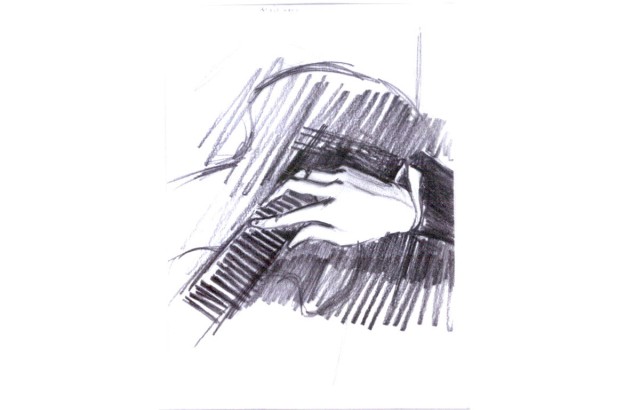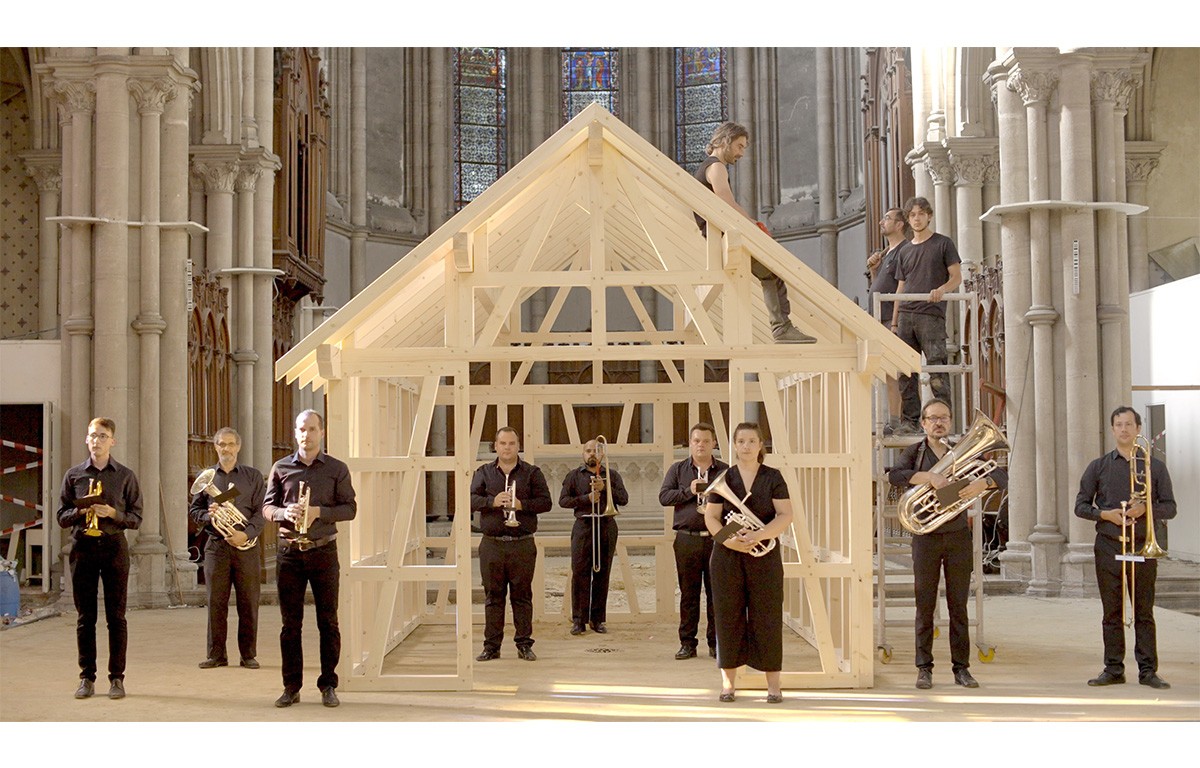The audibility of art
Ms. Thomann, what will be the focus of the LBBW Collection's special exhibition at ART COLOGNE this year?
Whether loud bangs, whispers, or melodies – sounds accompany us everywhere. They make us prick up our ears or immerse ourselves in something. They can store feelings and memories or accompany actions with a unique sound. They don't even have to be audible: sometimes a gesture, an object, or an image is enough to evoke sound associations and trigger an inner resonance. Art offers countless examples of this, and this is precisely where this year's special show comes in: the exhibition “Klangwelten” (Worlds of Sound), conceived especially for the 58th edition of ART COLOGNE, brings together works from the LBBW Collection that are connected in very different ways with sounds, noises, or music culture—sometimes directly, sometimes hidden, sometimes purely associative.
How many works from the more than 3,000 pieces owned by Landesbank Baden-Württemberg did you select, and based on what criteria?
Around 30 works from the LBBW collection will be on display. Under the question “Is art audible and sound visible?”, the selection presents works from the collection that answer this question in a variety of ways. Another important aspect of the selection for me is the media diversity of the artworks: these range from drawings and paintings to video works and three-dimensional pieces. All of the works on display allow the collection to resonate in new ways: they provide insights into the diverse focus of the LBBW collection and show how a lively, multifaceted collection has developed over more than 50 years.

Curator Barbara Thomann from the LBBW Collection Photo: Franziska Kaufmann
Who created the most recent and oldest works?
The oldest work in the collection is the painting “Hymn to an Unknown God” by Max Ackermann from 1930. In his paintings, Max Ackermann attempted to translate rhythm and melody into colors and shapes—he composed his pictures like pieces of music, so to speak. In his so-called “sound symbols,” he succeeded in evoking a hymnal and cheerful mood. Many of his works bear titles such as “To Joy” or “Hymn.” The most recent work we will be showing this year is the wall object “I can be what you need” by artist Rebekka Benzenberg from 2023. She explores the changing values and attitudes of a young generation caught between fears about the future and a search for identity. Prestigious materials such as fur, leather, and chains—symbols of power and status—are alienated and reevaluated in her works, revealing processes of appropriation and belonging. Benzenberg repeatedly draws on quotes from pop culture, as in the work that will be on display as part of the special exhibition “Klangwelten” (Worlds of Sound): “I can be what you need – I can live in your dreams” is a line from the song Kerosene! by Yves Tumor. In it, the experimental American musician sings about his transformability, which is possible in the dream world.

The paper work ‘Kurt's Hand’ by Elizabeth Peyton from 1995 Photo: LBBW Foundation
Which works are particularly interesting?
Of course, all of the works are very interesting, but this year there will be some exciting new additions to the LBBW collection on display. They show how enormously diverse our collection is. Visitors to the fair can look forward to the video work “Le Chant de Maison” (2022) by Annika Kahrs. In this work, the artist explores the intersection of art and music, while also highlighting the social and cultural dimensions of acoustic information in the performance shown. The focus is on an abandoned church belonging to the weavers' guild – a place that symbolizes the tension between traditional craftsmanship and modern technology.
Annika Kahrs' work “warp and weft, pipe and pitch” will also be on display. In this work, Annika Kahrs transfers elements of her performative and cinematic work to a sculptural, physical level: in a complex production process, the artist superimposes two chance finds from Lyon between hand-blown genuine antique glass: Jacquard loom punch cards from silk weaving production with the original punch cards for the organ of St. Bernard's Church.
Another new addition is the work “Moylan Kasten” by Gregor Hildebrandt. Gregor Hildebrandt transforms analog data carriers—vinyl, audio and video tapes, cassette boxes—into pictorial tableaux or room-high steles, to which the musical or cinematic history of the materials adds another, invisible dimension. Outdated technologies give rise to fascinating works that deal with time and material, individual and collective memory, culture, and its disappearance. The title of the work from the LBBW Collection refers to the American film actress, model, and beauty queen Catherine Moylan.
Author: Alexandra Wach

